Soda Ash Light is a fundamental inorganic chemical essential to numerous industrial value chains. Its production process and quality specifications—particularly purity and consistent physicochemical properties—are key determinants of performance in downstream manufacturing processes, making it a critical baseline material in global chemical supply networks.
CORE FEATURES
Glass Industry:
As an important raw material for glass melting, it can lower the melting point of glass and improve its transparency, and is used in the production of flat glass and glass bottles and jars
Detergents and Daily Chemical Products:
In the formula for synthetic detergents, it is used as an alkaline additive to enhance stain removal ability; it is also used in soap manufacturing to neutralize fatty acids
Food Processing:
As a food additive, it is used for fermenting pasta, tenderizing meat products, and adjusting the pH value of food (in accordance with food grade standards).
Chemical and Pharmaceutical:
Used for the production of chemical products such as caustic soda, baking soda, borax, etc.; used as buffering and neutralizing agents in the pharmaceutical industry
Metallurgy and Textile:
Used for ore flotation in metallurgy; used as a softener in the textile industry to improve dyeing and finishing effects
Various reactions
Reacting with acid
Reacting with strong acids (such as hydrochloric acid) or weak acids (such as acetic acid) to produce CO ₂ and sodium salts, for example:
Na₂CO₃ + 2HCl → 2NaCl + CO₂↑ + H₂O
Application: Laboratory production of CO ₂, neutralization of acidic wastewater, food leavening (gas production causes dough to expand).
The aqueous solution is alkaline
Due to the strong alkalinity (pH ≈ 11-12) of the hydrolysis reaction (CO₃² ⁻+H ₂ O ⇌ HCO₃⁻+OH ⁻), it can be used for:
Removing oil from detergent (alkaline conditions promote saponification reaction)
Adjusting the pH value of dyeing baths in the textile industry.
Double decomposition reaction with salt
Reacting with salt solutions such as CaCl ₂ and MgSO ₄ to form insoluble carbonate precipitates, such as:
Na₂CO₃ + CaCl₂ → CaCO₃↓ + 2NaCl
Application: Removing calcium and magnesium ions in water treatment (softening water quality).
Thermal Stability
At high temperatures (>850 ℃), it slightly decomposes into Na ₂ O and CO ₂, with much higher stability than baking soda (NaHCO3), making it suitable for high-temperature scenarios such as glass melting (kiln temperature above 1500 ℃).
Reacting with organic compounds
Under alkaline conditions, oil can be saponified (producing soap components) and cellulose can be expanded, which is applied in soap making and textile dyeing pretreatment.
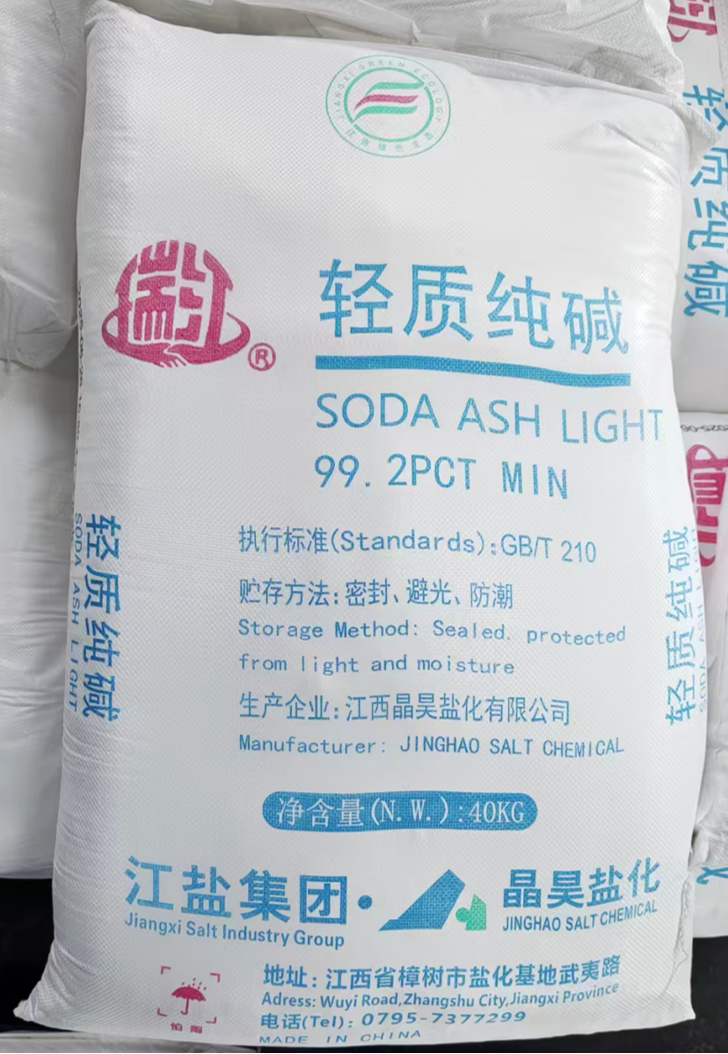
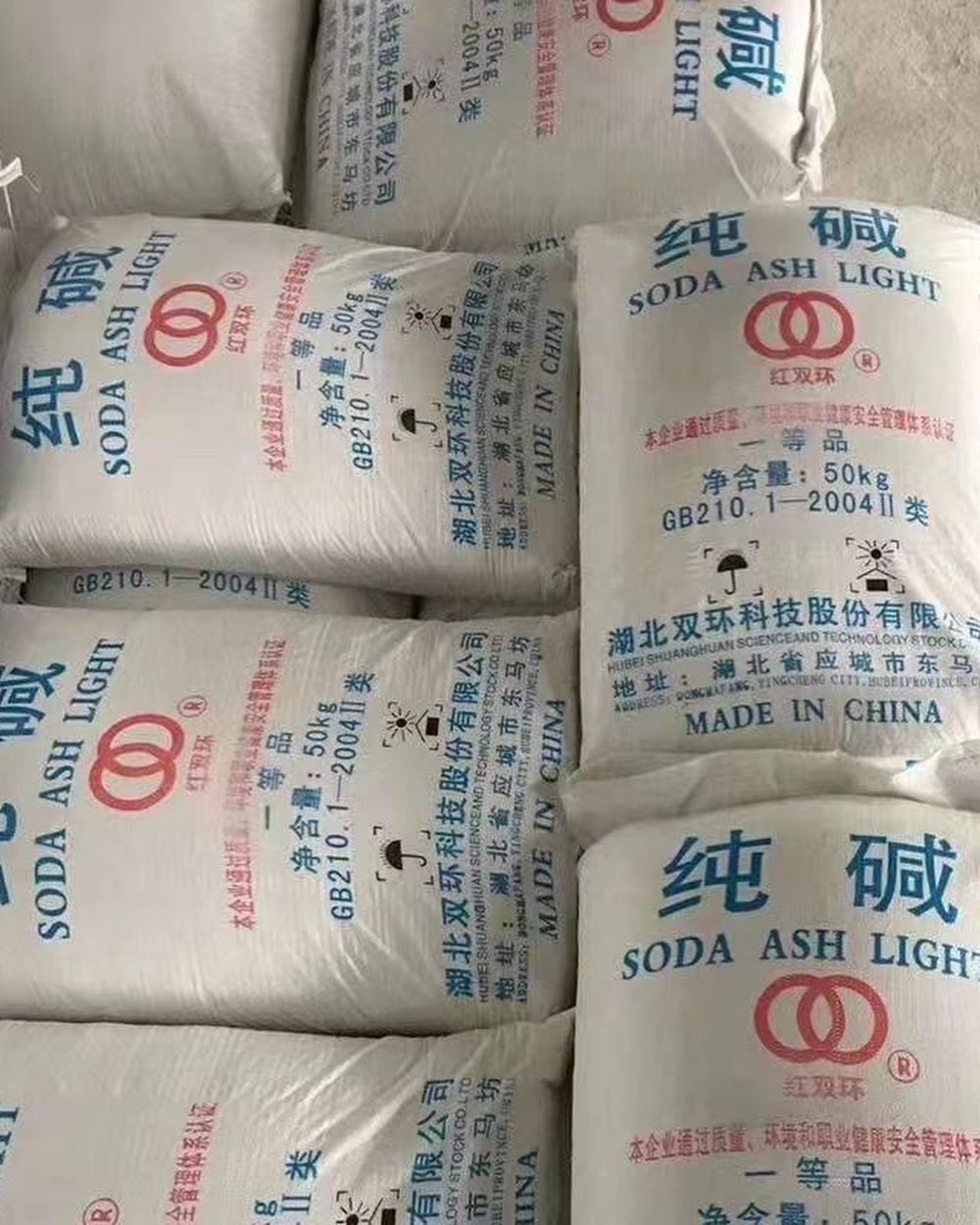
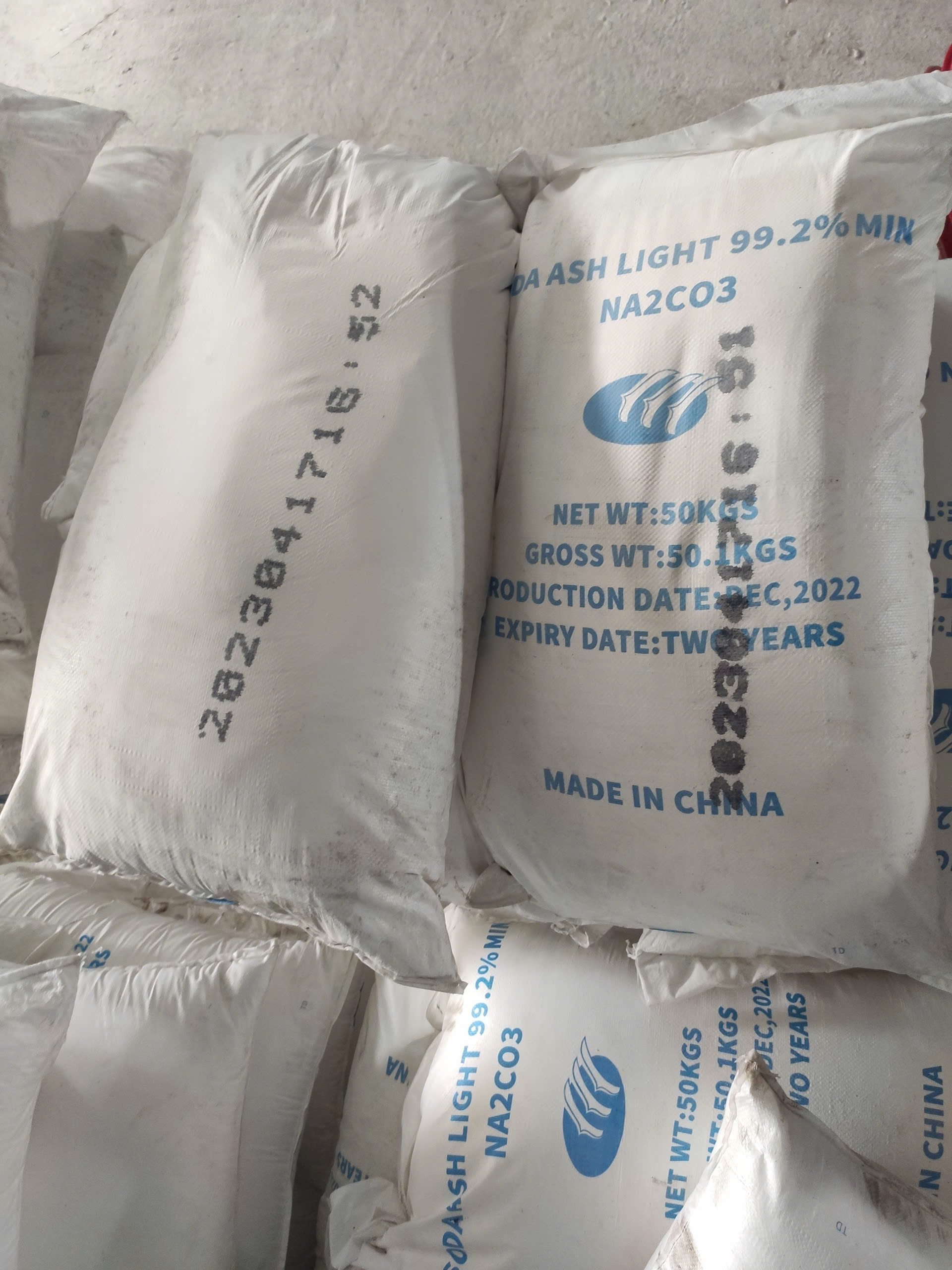
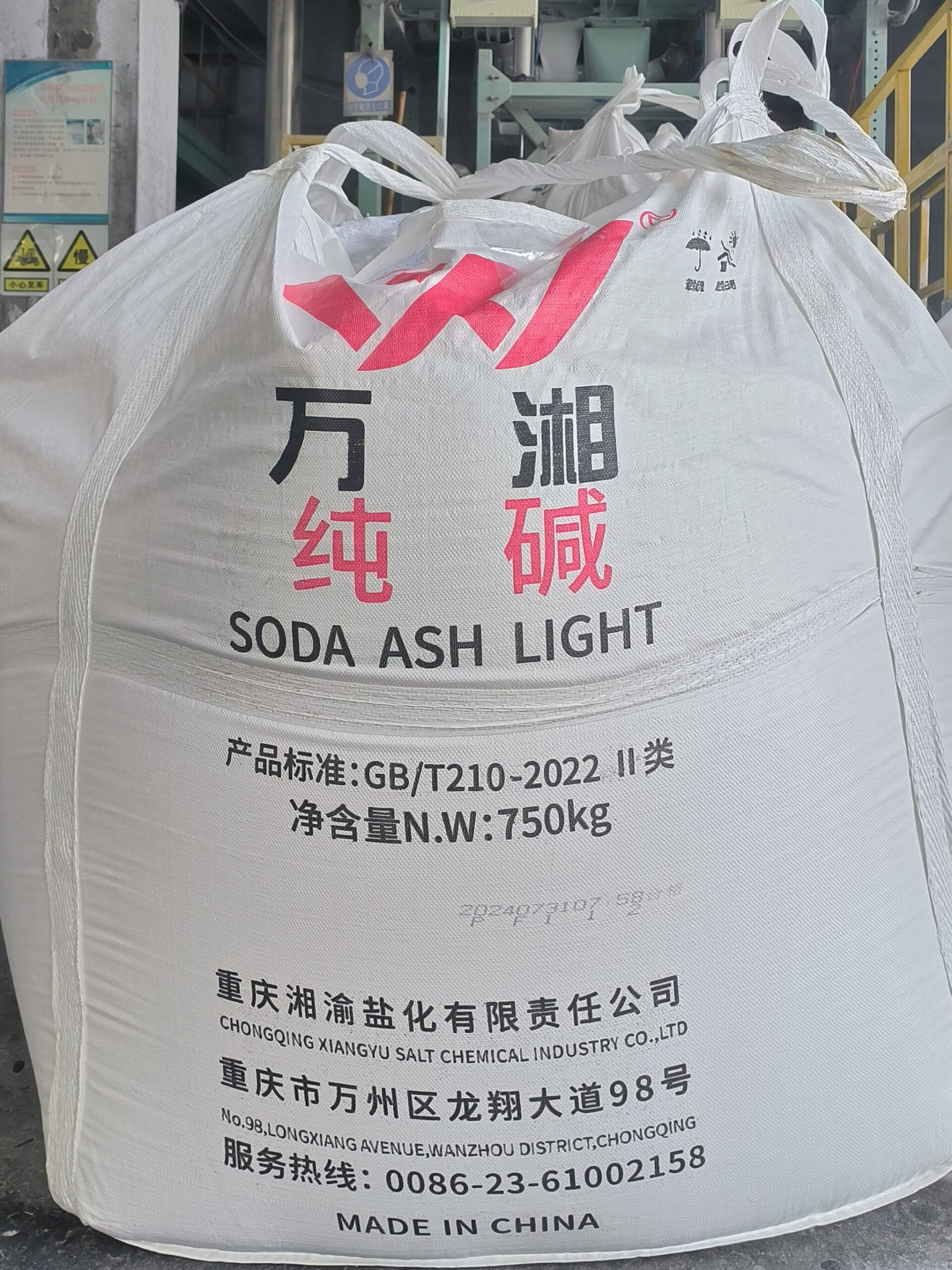
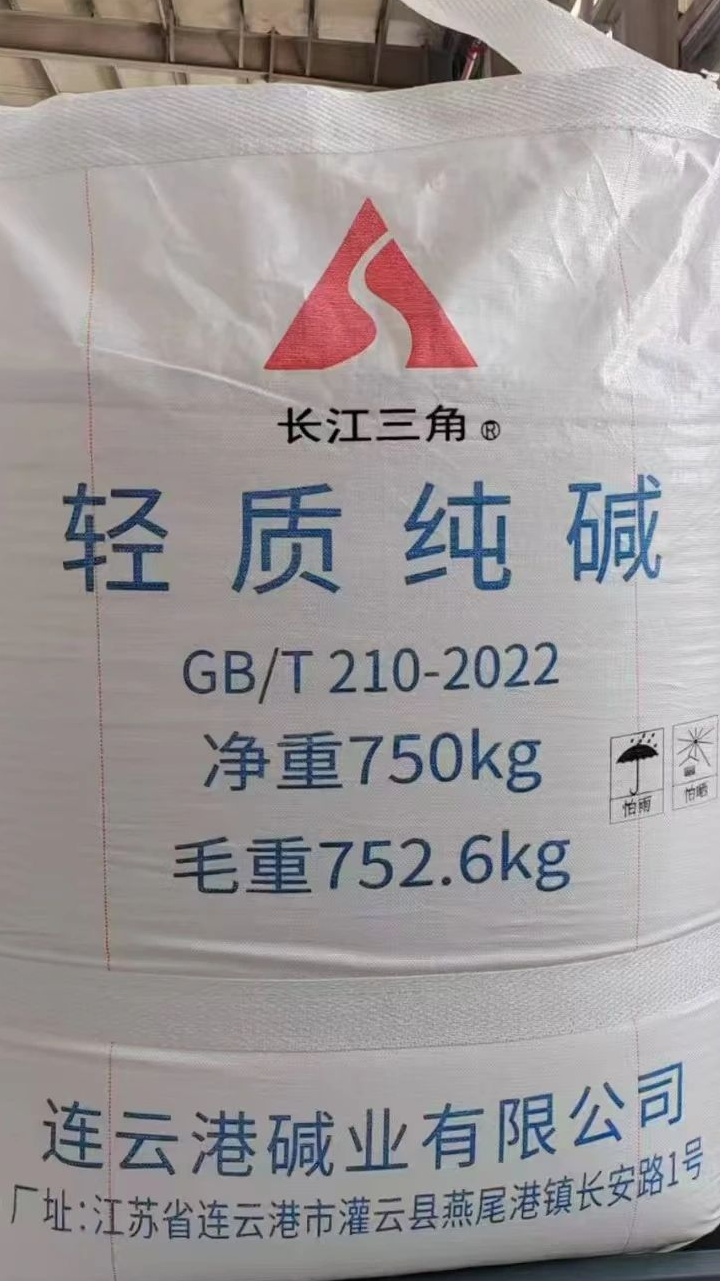
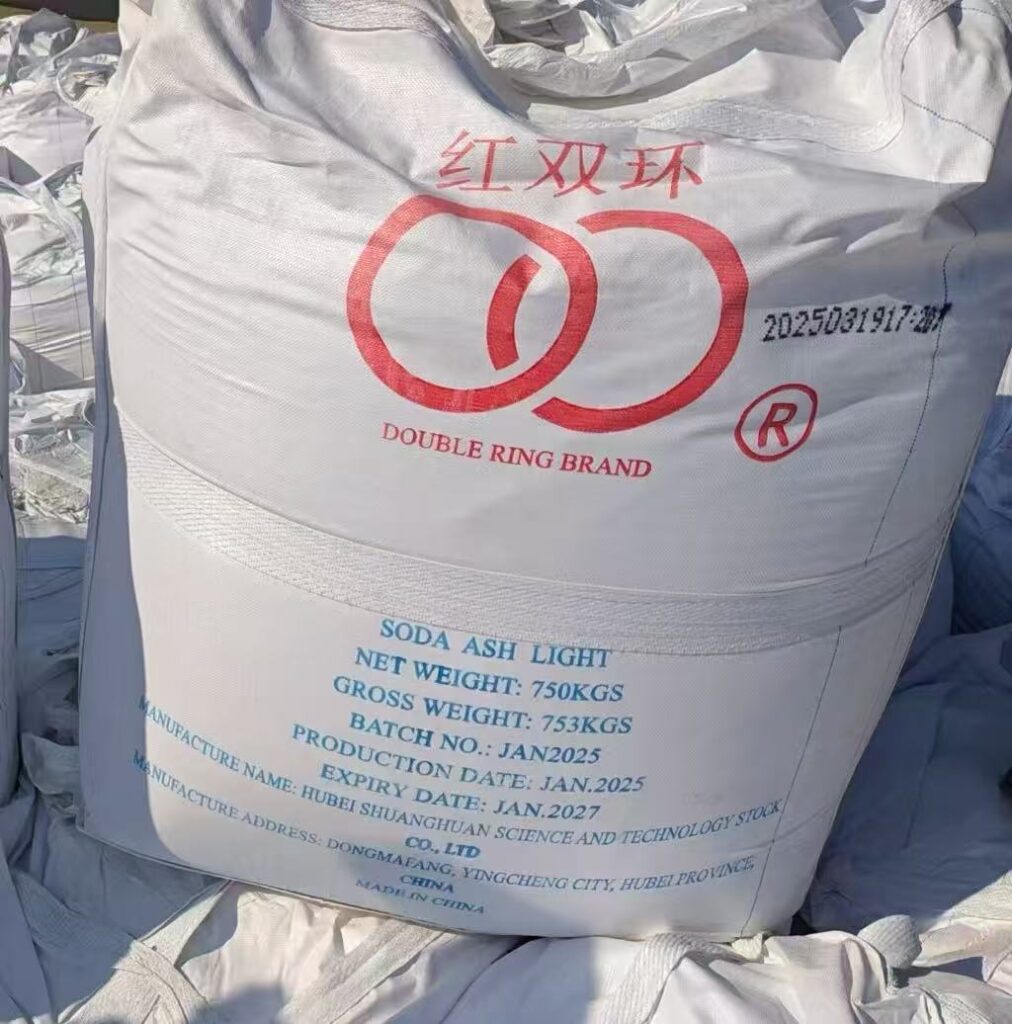
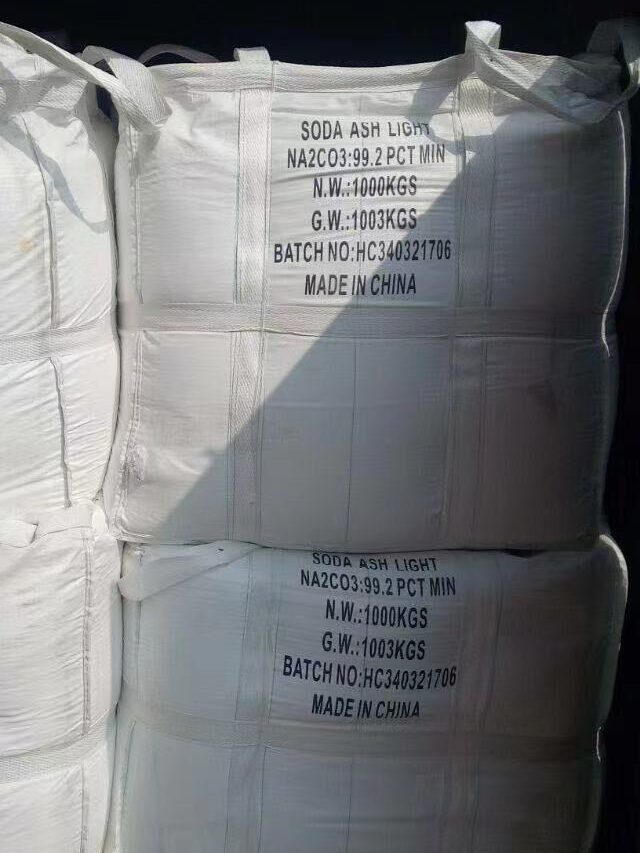
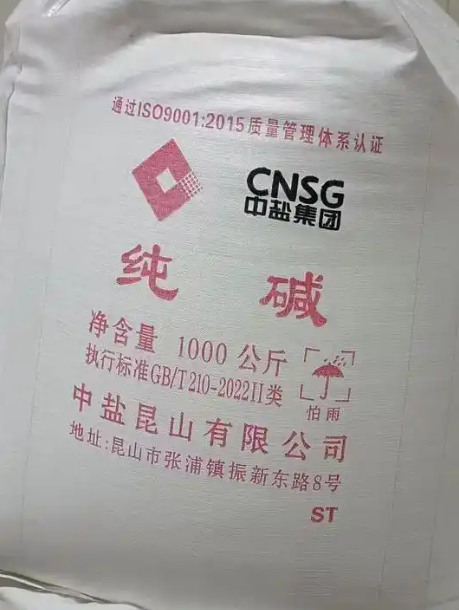
FAQ
Learn more about our soda ash quality standards
Have a specific technical question? Contact our experts today for a consultation.
